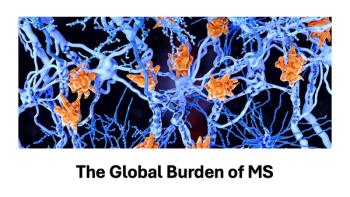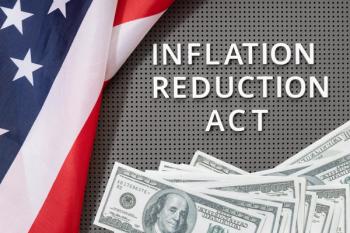
WHO to Develop Lenacapavir and HIV Testing Guidelines
A Guideline Development Group (GDG) meeting at the end of the month aims to establish new guidelines for lenacapavir, a twice yearly investigational pre-exposure prophylaxis (PrEP) injection.
The World Health Organization (WHO) has announced the upcoming development of new lenacapavir and HIV testing guidelines, according to a
The meeting will establish the framework for implementing lenacapavir as a pre-exposure prophylaxis (PrEP) regimen and simplify current and long-term options for HIV testing models. Members will also discuss the safety and efficacy of lenacapavir, with extra focus paid to initiation in low-resource areas.
Lenacapavir targets the HIV capsid, the genetic shell that protects the virus’s genetic material, preventing replication. It is currently approved in the United States to treat patients with multi-drug-resistant HIV in combination with other antiretrovirals, but not as a form of PrEP.
Drugmaker Gilead submitted a new drug application for FDA approval for lenacapavir as a form of PrEP on Dec. 19, 2024. The submission was supported using data from the Purpose 1 trial, which demonstrated that lenacapavir had 100% efficacy in preventing HIV in cisgender women in Uganda and South Africa, when compared with patients treated with once-daily oral Truvada (emtricitabine 200 mg and tenofovir disoproxil fumarate 300 mg). In the Purpose 2 trial, there was a 99.9% efficacy rate and a 96% reduction in HIV cases, a Gilead
The FDA also granted lenacapavir a rolling review and breakthrough therapy designation in October 2024. Science Magazine also named it “Breakthrough Drug of the Year.”
As an injectable form of PrEP, lenacapavir has the potential to change the HIV landscape, though its high cost remains a barrier – up to
Members of the GDG come from all WHO regions and are chosen based on their levels of expertise and commitment to educate about and end the HIV epidemic.
There is currently no cure for HIV or AIDS.
Newsletter
Get the latest industry news, event updates, and more from Managed healthcare Executive.






















































